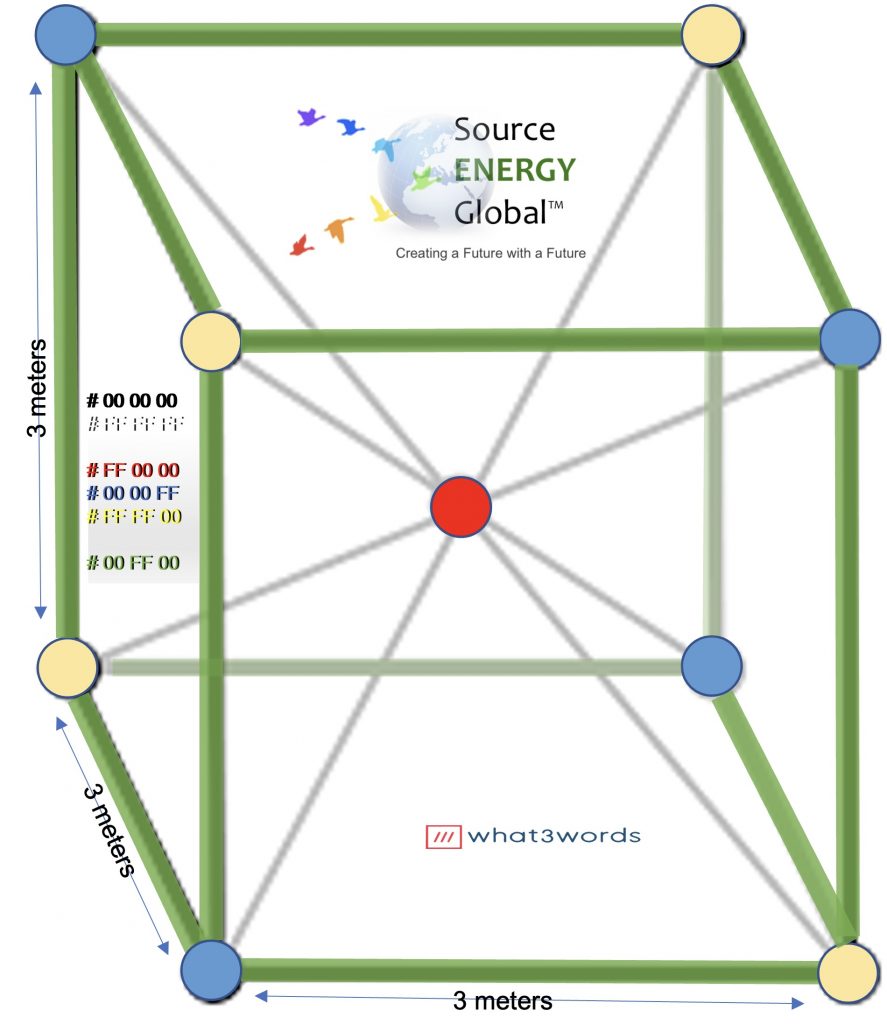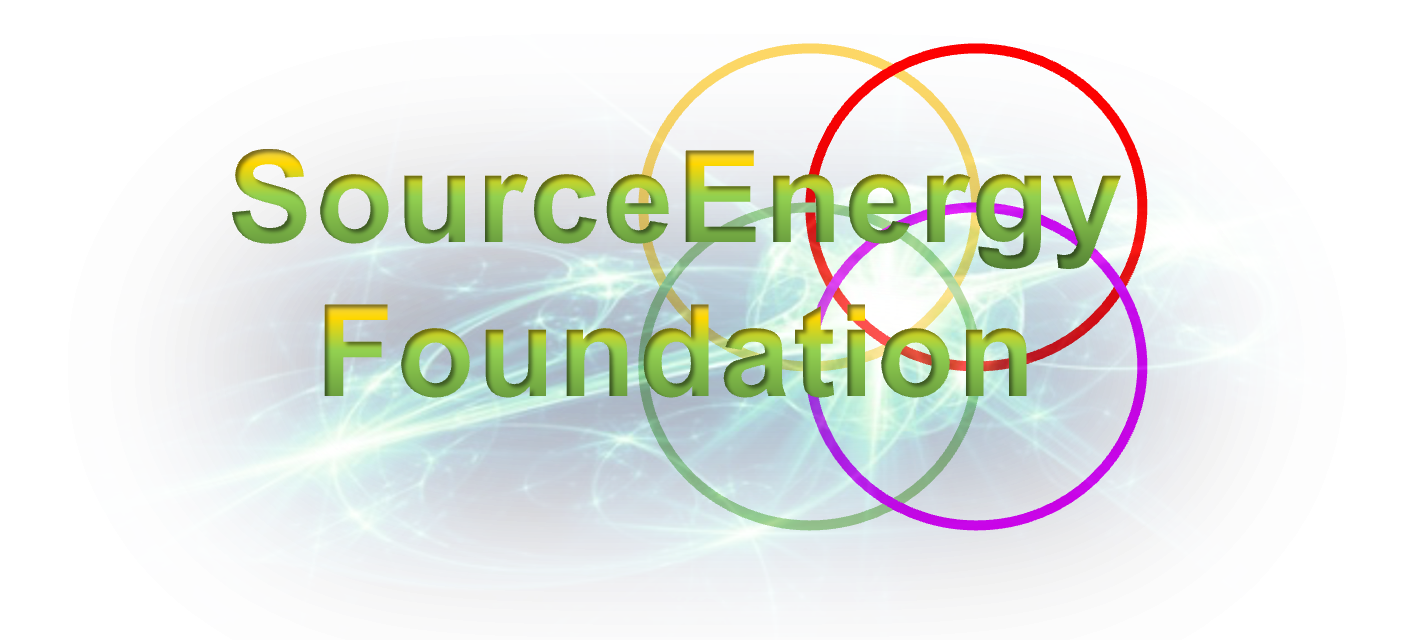12. Computational Visual Servo12.
| 12 | LAR-TOPS-61 | NASA Langley’s Computational Visual Servo – Automatic measurement and control for smart image enhancement |
Dear Dr. Oliver Jones,
NASA Langley’s Computational Visual Servo is a striking exemplar of innovation with broad implications across multiple dimensions of the Wealth Ecology Model. The technology interacts substantively with the spheres of Energy, Technology, and Education, offering a range of opportunities for fostering wealth and well-being in a sustainable and equitable manner.
Wealth Ecology Model Applications:
- Energy: One of the most compelling advantages of the Computational Visual Servo lies in its potential for energy efficiency. Through smart image enhancement and optimization, the technology could make visual systems more energy-efficient. This holds potential for application in various sectors, including surveillance, robotics, and even medical imaging. Consistent with the energy pillar of the Wealth Ecology Model, adopting such energy-efficient technologies can contribute to lowering the overall energy consumption, thus paving the way for a more sustainable future.
- Technology: The technology relies on sophisticated IT and computational methodologies, potentially setting a precedent for future innovations in computer vision and related areas. It could act as a catalyst for technological advancement, consistent with the technology pillar of the Wealth Ecology Model. Developing such high-caliber technology not only propels us forward in terms of capabilities but also creates avenues for derivative technologies and applications, further enriching the technological ecosystem.
- Education: The complexity and innovative nature of Computational Visual Servo create substantial educational opportunities. Specialized courses and training programs could be designed to educate students and professionals in the domains of computer vision and information technology. Given the rapid growth and application of these fields, such education will equip individuals with the necessary skills to participate in, and contribute to, future technological developments. This aligns directly with the education pillar of the Wealth Ecology Model, emphasizing the generation of educational opportunities as a form of long-term investment in human capital.
The Computational Visual Servo is a technology rich in applications and possibilities, each aligning closely with the pillars of the Wealth Ecology Model. Its potential contributions to energy conservation, technological advancements, and educational enrichment make it a subject worth detailed exploration and integration within the model’s framework.
Respectfully, SourceEnergy Group R&D

